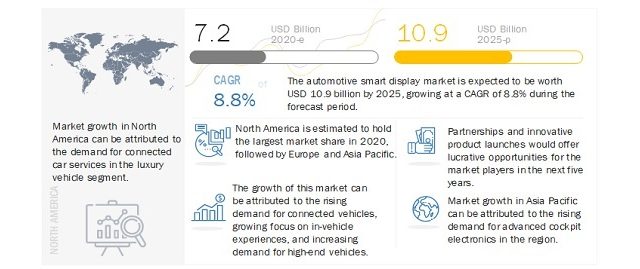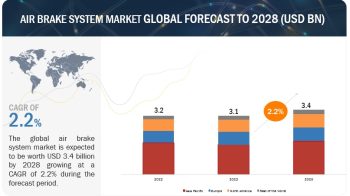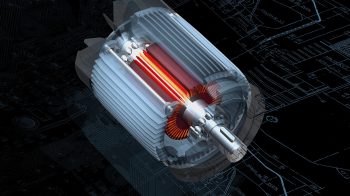
The global automotive smart display market is projected to reach USD 10.9 billion by 2025 from USD 7.2 billion in 2020, at a CAGR of 8.8% during the forecast period. Technological advancements in current generation automotive cockpit electronics along with increasing trend of connected and autonomous vehicles are further expected to drive the automotive smart display market. Overall, the changing preferences of buyers, improved standards of living, and enhanced infrastructure are also expected to drive the growth of the automotive smart display market.
HUD segment, by application, is estimated to be the fastest growing automotive smart display market during the forecast period.
The COVID-19 pandemic has resulted in halted production and plunging sales and has forced the key players in the global automotive field to rethink their strategies. Rescheduling the launch of models and projects, stabilizing dealer networks, managing cash carefully, and reviewing investment portfolios have affected the production and sales of passenger and commercial vehicles across the globe, which has resulted in a dip in the automotive smart display market in 2020 as compared to 2019. The development and implementation of safety features are expected to slow down as well.
Download PDF Brochure @ https://www.marketsandmarkets.com/pdfdownloadNew.asp?id=25698331
Luxury segment, by vehicle class, is estimated to be the fastest growing market during the forecast period.
The luxury car segment makes a major contribution to the automotive smart display market. The luxury car segment includes brands like Audi, BMW, Land Rover, Mercedes Benz, and Jaguar, which are priced higher than USD 50,000. The luxury car segment integrates multiple display systems such as digital instrument clusters, center stacks, HUDs, and even rear seat entertainment systems in vehicles as the market is less price-sensitive and gives attractive profit margins. Many OEMs are now offering the HUD as a standard feature in premium models and their variants.
North America is estimated to be the largest market for automotive smart display in 2020
North America is expected to account for the largest market share by 2020, followed by Europe and Asia Pacific. The high disposable income of end-users in the US and Canada has led to a rise in demand for vehicles in these countries. An increasing number of consumers are demanding in-vehicle safety and comfort electronics. With the growing demand for advanced electronics, several OEMs in the region are offering infotainment and navigation units as standard offerings across mid and premium passenger vehicle segments. Premium vehicles are equipped with advanced applications such as HUDs that are integrated with ADAS functions. The rising demand for such in-vehicle features is driving the demand for advanced display technologies in vehicles. The reducing prices of display applications will make these displays affordable for mid-segment vehicles. An increasing number of premium vehicles are expected to switch to augmented reality HUDs that integrate a range of ADAS functions. The region is expected to be the largest luxury car market. Hence, there will be a high demand for advanced safety features and technology, such as augmented reality applications. Thus, increasing the demand for automotive smart displays.
Key Market Players:
The automotive smart display market is dominated by globally established players such as Robert Bosch GmbH (Germany), Continental AG (Germany), DENSO Corporation (Japan), Valeo (France), Pioneer Corporation (Japan), Panasonic Corporation (Japan), Alpine Electronics, Inc. (Japan), Hyundai Mobis (South Korea), and Nippon Seiki Co., Ltd. (Japan).
Request Free Sample Report @ https://www.marketsandmarkets.com/requestsampleNew.asp?id=25698331


